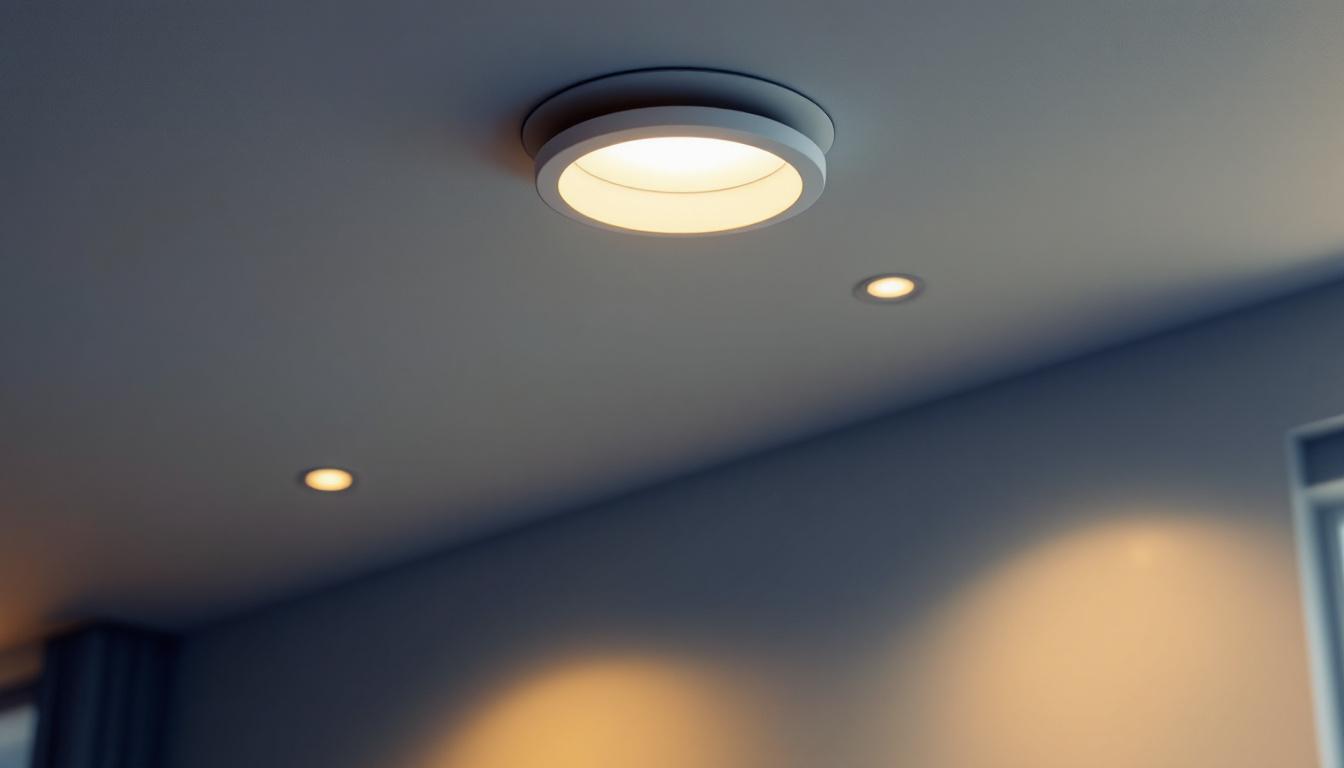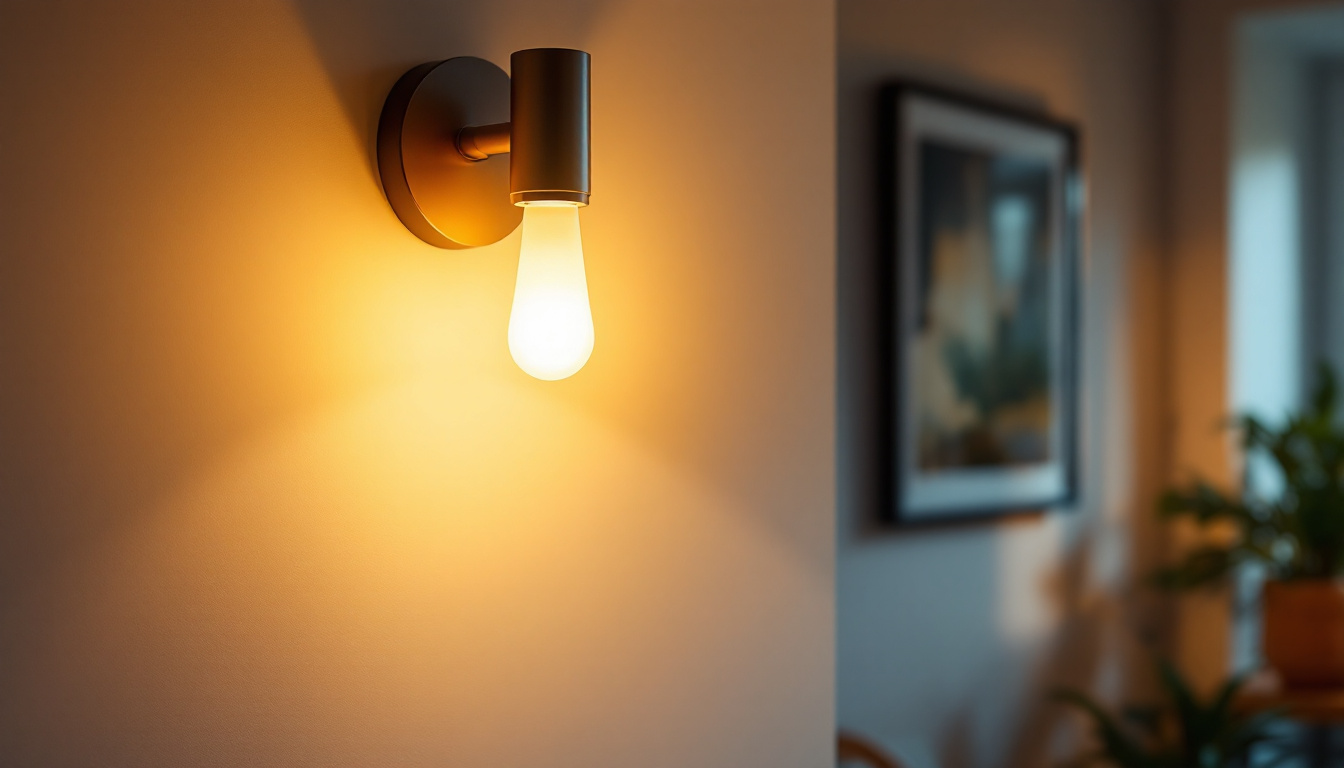
Mercury vapor lamps have been a staple in industrial, commercial, and outdoor lighting for decades. Their bright, intense light output and long lifespan make them a preferred choice for large-area illumination such as warehouses, street lighting, and gymnasiums. However, the performance and longevity of these lamps heavily depend on the ballast that regulates their electrical current.
A mercury vapor lamp ballast is an essential component that provides the necessary voltage to start the lamp and then regulates the current to maintain stable operation. Without the correct ballast, the lamp may flicker, fail prematurely, or operate inefficiently, leading to increased energy costs and maintenance headaches.
For lighting contractors, understanding the nuances of mercury vapor lamp ballasts is crucial. Choosing the right ballast and installing it correctly can save time, reduce callbacks, and ensure client satisfaction. Conversely, common mistakes in ballast selection and installation can lead to costly issues down the line.
There are primarily two types of ballasts used with mercury vapor lamps: magnetic and electronic. Magnetic ballasts are the traditional option, known for their reliability and simplicity. They operate using electromagnetic induction and are often favored for their durability in rugged environments. However, they can be less energy-efficient and may produce a humming noise during operation. On the other hand, electronic ballasts offer a more modern solution, providing higher efficiency and reduced energy consumption. They also allow for better control over the lamp’s light output, which can be particularly beneficial in applications requiring dimming capabilities or varying light levels throughout the day.
In addition to selecting the appropriate type of ballast, it is essential to consider the wattage and compatibility with the specific mercury vapor lamp being used. Each lamp has a designated wattage that the ballast must match to ensure optimal performance. Furthermore, factors such as ambient temperature and installation environment can also influence ballast performance. For instance, extreme temperatures can affect the starting and operating efficiency of the ballast, which is why some manufacturers offer ballasts specifically designed for harsh conditions. Understanding these variables can empower contractors to make informed decisions that enhance the reliability and effectiveness of their lighting installations.
One of the most frequent errors contractors make is selecting an incompatible ballast for the mercury vapor lamp. Ballasts come in various types—reactor, autotransformer, and electronic—each designed for specific lamp wattages and applications. Using a ballast that does not match the lamp’s specifications can cause improper starting, flickering, or even damage to the lamp.
For example, a ballast designed for a 175-watt lamp should not be paired with a 250-watt lamp. The electrical characteristics differ, and the ballast may not supply the correct current. Always verify the lamp’s wattage and voltage requirements and select a ballast that matches those parameters exactly. Furthermore, it’s important to consider the specific application of the lighting system. For instance, a ballast suited for outdoor use may need to withstand harsher environmental conditions, while one intended for indoor use might not have the same durability requirements. Understanding the context in which the lamp will be used can greatly influence the choice of ballast, ensuring both efficiency and longevity.
Mercury vapor lamps require a high voltage to start but then operate at a lower voltage. Ballasts are designed with different starting methods, such as preheat, instant start, or rapid start. Using the wrong starting method can lead to premature lamp failure or unreliable ignition.
For instance, instant start ballasts apply a high voltage pulse to ignite the lamp immediately, but this can stress the lamp electrodes if used incorrectly. Preheat ballasts warm the electrodes before ignition, which can extend lamp life but require more complex wiring. Understanding the starting method recommended by the lamp manufacturer is essential for optimal performance. Additionally, it’s beneficial to familiarize oneself with the specific characteristics of the lamp being used. Some lamps may have unique requirements or tolerances that can affect their performance based on the starting method employed. This knowledge can help in troubleshooting issues that arise during installation or operation, leading to more efficient and effective lighting solutions.
Older magnetic ballasts tend to be less energy-efficient compared to modern electronic ballasts. While mercury vapor lamps themselves are less efficient than newer lighting technologies, selecting a high-quality, energy-efficient ballast can still reduce operational costs significantly.
Lighting contractors should consider ballasts with low power losses and high power factor. Electronic ballasts, for example, often have power factors above 0.9 and reduce energy consumption by up to 20% compared to magnetic ballasts. This can translate into substantial savings for clients, especially in large installations. Moreover, energy-efficient ballasts can contribute to sustainability goals, as they reduce the overall carbon footprint of the lighting system. As energy regulations become more stringent, opting for high-efficiency ballasts not only benefits the bottom line but also helps businesses comply with environmental standards, making it a win-win situation for both contractors and clients.
Incorrect wiring is a leading cause of ballast and lamp failure. Contractors must adhere to the manufacturer’s wiring diagrams and local electrical codes. Common mistakes include reversed polarity, loose connections, or using wires of inadequate gauge, all of which can cause overheating or intermittent operation.
Additionally, ballasts generate heat during operation. Installing them in confined or poorly ventilated spaces can shorten their lifespan. Providing adequate clearance and ensuring proper ventilation is critical to maintaining ballast reliability. It’s also advisable to conduct regular maintenance checks on the wiring and connections to prevent issues before they escalate. Over time, vibrations and temperature fluctuations can loosen connections or degrade insulation, leading to potential failures. By implementing routine inspections and adhering to best practices during installation, contractors can significantly enhance the longevity and performance of the entire lighting system, ensuring that it operates safely and efficiently for years to come.
Before installation, contractors should evaluate the existing lighting system, including lamp types, wattages, and ballast conditions. This assessment helps determine whether ballasts need replacement or if upgrading to newer technology is advisable.
In some cases, retrofitting mercury vapor lamps with metal halide or LED alternatives may offer better energy efficiency and lighting quality. However, if mercury vapor lamps remain the preferred choice, selecting the correct ballast becomes paramount. Furthermore, understanding the specific lighting needs of the environment—be it a warehouse, street lighting, or a commercial space—can guide contractors in making informed decisions about the type of ballast and lamp combination that will yield the best results. For instance, high-bay warehouses may benefit from different wattages and configurations than outdoor lighting, which can be affected by environmental factors like temperature and humidity.
Each ballast and lamp combination comes with specific installation instructions. Adhering strictly to these guidelines ensures optimal performance and reduces the risk of equipment failure. This includes respecting maximum wiring distances, using recommended wire types, and following proper grounding practices.
Moreover, contractors should familiarize themselves with the electrical codes and regulations applicable in their region, as these can vary significantly. Compliance with local codes not only ensures safety but also enhances the reliability of the installation. Additionally, keeping abreast of any updates or changes in manufacturer guidelines can help contractors stay ahead of potential issues, ensuring that they provide the best service to their clients while also safeguarding their own reputation as knowledgeable professionals.
Once installed, testing the system is essential. Contractors should verify that lamps ignite promptly, operate without flickering, and maintain stable brightness. Using a ballast tester or multimeter can help detect electrical issues early. Prompt troubleshooting avoids costly callbacks and enhances client trust.
It’s also beneficial to document the testing process, noting any anomalies or adjustments made during installation. This not only serves as a reference for future maintenance but also provides clients with a record of the work completed, reinforcing transparency and professionalism. Additionally, educating clients on how to recognize early signs of ballast or lamp failure can empower them to report issues promptly, further enhancing the longevity and reliability of the lighting system.
Mercury vapor lamp systems require periodic maintenance to ensure longevity. Ballasts should be inspected for signs of overheating, corrosion, or physical damage. Replacing aging ballasts before failure can prevent downtime and maintain consistent lighting quality.
In addition to visual inspections, contractors should consider implementing a maintenance schedule that includes routine checks of electrical connections and lamp performance. This proactive approach can help identify potential problems before they escalate, ultimately saving time and costs associated with emergency repairs. Furthermore, educating clients on the importance of regular maintenance can foster long-term relationships, as they will appreciate the value of a well-maintained lighting system that operates efficiently and effectively over time.
Ballast failures can manifest in various ways, including lamps that fail to start, flicker, or exhibit reduced light output. These issues not only inconvenience clients but can also pose safety risks in areas requiring reliable illumination.
Common causes of ballast failure include electrical surges, overheating, mechanical damage, and manufacturing defects. Lighting contractors can mitigate these risks by installing surge protectors, ensuring proper heat dissipation, and sourcing ballasts from reputable manufacturers with robust warranties.
Furthermore, educating clients on the importance of timely ballast replacement and maintenance can extend the overall lifespan of their lighting systems.
While mercury vapor lamps and their ballasts remain in use, lighting technology continues to evolve. Many facilities are transitioning to LED lighting, which offers superior energy efficiency, longer life, and reduced environmental impact.
For contractors, staying informed about these trends is vital. Offering clients LED retrofit solutions or hybrid systems can enhance service offerings and future-proof installations. When mercury vapor lamps must be retained, recommending electronic ballasts over older magnetic types can improve system performance and energy savings.
Mercury vapor lamp ballasts play a critical role in the performance and reliability of lighting systems. For lighting contractors, avoiding common mistakes such as selecting incompatible ballasts, ignoring starting methods, and neglecting proper installation practices is essential to delivering quality results.
By following best practices—conducting thorough assessments, adhering to manufacturer guidelines, testing installations, and scheduling regular maintenance—contractors can ensure client satisfaction and reduce costly failures.
Staying abreast of technological advancements and offering energy-efficient alternatives will position contractors as trusted experts in the evolving lighting industry. Ultimately, a deep understanding of mercury vapor lamp ballasts and their proper handling is a cornerstone of successful lighting projects.
Ready to elevate your lighting projects with the highest quality mercury vapor lamp ballasts? Look no further than LumenWholesale, where we provide lighting contractors with spec-grade lighting products at unbeatable wholesale prices. Say goodbye to local distributor markups and hello to superior lighting solutions that meet the highest industry standards. With LumenWholesale, bulk buying is a breeze, and with free shipping, you can rest assured that you’re getting premium lighting at the best value — all without hidden fees or compromises. Don’t let common ballast mistakes compromise your projects. Ensure reliable, high-performance lighting for every installation. Wholesale Lighting at the Best Value is just a click away!

Discover the ultimate guide to 3 recessed LED downlights, covering installation tips, energy efficiency, design options, and maintenance.

Discover expert tips and innovative strategies for lighting contractors in “Lotus Lighting: Advice for Lighting Contractors.” Enhance your projects with cutting-edge techniques, sustainable solutions, and insights into the latest industry trends.

Discover the science of light wrappers and their transformative impact on modern lighting solutions.

Discover the ultimate guide to bright wall lamp lighting with insights from top lighting contractors.